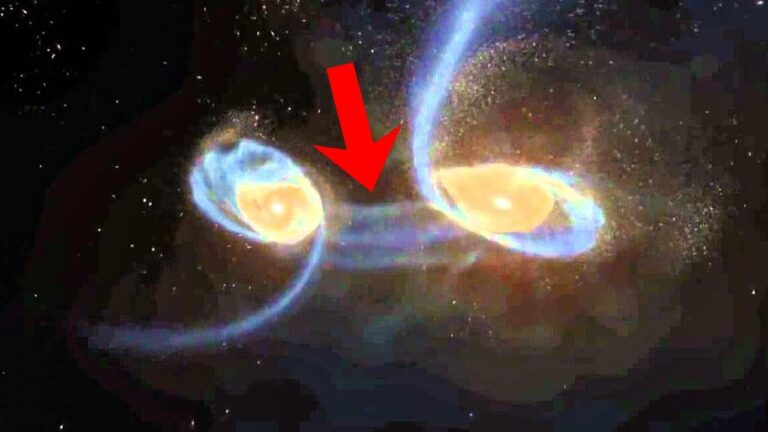Neil deGrasse Tyson: Andromeda Galaxy Will DESTROY The Milky Way!
The Andromeda–Milky Way collision, often referred to as the Andromeda–Milky Way merger or the Milkomeda event, is a predicted future collision between our Milky Way galaxy and the Andromeda galaxy (also known as M31). This event is of great interest to astronomers and astrophysicists because it provides insights into the dynamics of galaxies, the fate of our own galaxy, and the nature of the universe on cosmic timescales.
Here are some key points about the Andromeda–Milky Way collision:
- Timing: The collision between the Milky Way and Andromeda is expected to occur in approximately 4.5 billion years. This timescale is based on current estimates of the relative motions of the two galaxies and their separation.
- Galaxy Sizes: The Milky Way and Andromeda are two of the largest galaxies in the Local Group, a collection of galaxies that includes the Milky Way, Andromeda, and several smaller galaxies. The Milky Way and Andromeda are both spiral galaxies, but Andromeda is slightly larger than the Milky Way.
- Galactic Motion: Both galaxies are moving through space, and their mutual gravitational attraction is causing them to approach each other. The Milky Way and Andromeda are currently getting closer at a rate of about 110 kilometers (68 miles) per second.
- Galactic Collision: When the galaxies collide, individual stars within each galaxy are unlikely to collide with one another, as the distances between stars are vast compared to their sizes. However, the gravitational forces will distort the shapes of the galaxies, and some stars may be flung out of their original orbits.
- Merger Outcome: Over a period of hundreds of millions of years, the two galaxies will merge to form a single, larger elliptical galaxy. This process will fundamentally change the appearance of both galaxies and will result in a new, integrated galaxy.
- Solar System Impact: The collision will have an impact on the solar system but is unlikely to pose a direct threat to the Earth or the Sun. The stars in the solar system are far apart, so the chance of a star from Andromeda directly interacting with our Sun is extremely low.
- Impact on Life on Earth: Life on Earth will likely be minimally affected by the collision since the timescales involved are much longer than the lifetimes of species on Earth. Before the collision occurs, the Sun will have already evolved into a red giant and potentially engulfed the Earth.
The Andromeda–Milky Way collision is a fascinating event in the distant future of our galaxy. While it will lead to significant changes in the appearance of both galaxies, it is not something that will impact life on Earth in any immediate sense. However, studying this collision is important for understanding the dynamics and evolution of galaxies in the universe.
Do not forget to share your opinion with us to provide you with the best posts !




0 Comments